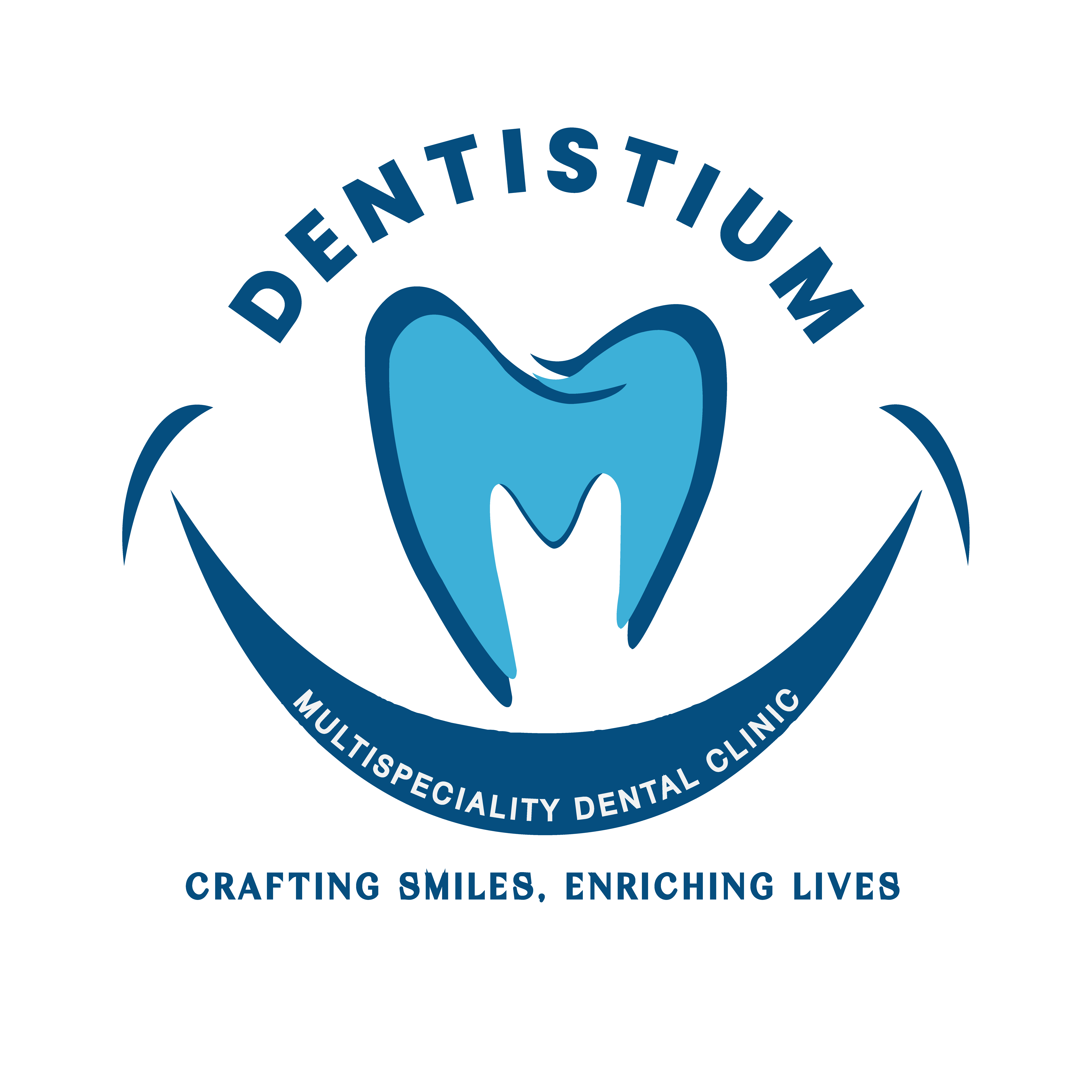Sinus Infection Tooth Pain Connection
Sinus Infection Tooth Pain Connection
At Dentistium, we often see patients who come in with tooth pain and wonder if it’s related to something other than dental issues. One common cause of tooth pain that surprises many is a sinus infection. If you’ve ever experienced a sinus infection and felt pain in your upper teeth, you’re not alone. In this blog post, we’ll explain how sinus infections can lead to tooth pain and what you can do to address it.
What is a Sinus Infection?
A sinus infection, also known as sinusitis, occurs when the cavities around your nasal passages (sinuses) become inflamed or infected. This can be caused by viruses, bacteria, allergies, or other irritants. The inflammation often leads to pressure and pain in the face, head, and even the teeth.
How Sinus Infections Cause Tooth Pain
The connection between sinus infections and tooth pain is due to the close proximity of your sinuses to your upper teeth. Your maxillary sinuses, which are located just above your upper jaw, are especially close to the roots of your upper teeth. When your sinuses become inflamed or infected, the pressure can spread to the roots of your teeth, causing discomfort or pain, particularly in the back upper teeth.
Here are a few key reasons why sinus infections can cause tooth pain:
- Pressure on the Tooth Roots: The maxillary sinuses are positioned directly above your upper jaw, and the roots of your upper teeth are close to the sinuses. When the sinuses become swollen, the pressure from the inflammation can affect the nerves of the teeth, causing pain.
- Referred Pain: Sometimes, the pain from a sinus infection can be felt in the teeth because the nerve pathways are shared. This is known as referred pain. Your brain may interpret the discomfort in your sinuses as tooth pain, even though the source of the pain is actually in the sinus cavities.
- Inflammation and Swelling: Infected or inflamed sinuses can cause swelling in the surrounding tissues, which can lead to pain in the upper jaw and teeth. The inflammation can put pressure on the teeth, leading to a dull ache or sharp pain.
How to Tell If Your Tooth Pain is Due to a Sinus Infection
Not all tooth pain is related to a sinus infection. Here are some signs that your tooth pain might actually be caused by a sinus issue:
- Pain in the Upper Teeth: If your pain is primarily in the back upper teeth (usually the molars), it may be related to sinus pressure.
- Other Sinus Infection Symptoms: If you also have symptoms of a sinus infection, such as nasal congestion, facial pressure, headache, or thick nasal discharge, it’s more likely that the tooth pain is related to your sinuses.
- Pain Worsens with Sudden Movements: If your tooth pain intensifies when you bend over or make sudden movements, this could be a sign of sinus pressure affecting your teeth.
What Can You Do About It?
If you suspect that your tooth pain is related to a sinus infection, it’s important to first address the sinus issue. Here are a few steps that may help:
- Consult Your Dentist and Doctor: If you’re unsure whether your pain is due to a dental issue or a sinus infection, it’s best to consult both your dentist and your doctor. At Dentistium, we’ll be able to examine your teeth and advise you on whether the pain is related to a dental problem or a sinus issue.
- Treat the Sinus Infection: If the cause is a sinus infection, your doctor may recommend decongestants, nasal sprays, or antibiotics (for bacterial infections) to reduce the inflammation and pressure in the sinuses. Relieving the sinus infection can also relieve the tooth pain.
- Pain Relief: Over-the-counter pain relievers such as ibuprofen or acetaminophen can help reduce both sinus pain and tooth pain. Be sure to follow the recommended dosage and consult a healthcare professional if the pain persists.
- Stay Hydrated: Drinking plenty of fluids can help thin the mucus and improve sinus drainage, which can reduce pressure and alleviate pain.
When to Seek Dental Care at Dentistium
While sinus infections can sometimes cause tooth pain, it’s important not to ignore persistent or severe tooth pain. If the pain doesn’t improve after treating the sinus infection or if it worsens, it could be a sign of a dental issue, such as an abscessed tooth or gum disease.
At Dentistium, we specialize in diagnosing and treating a wide range of dental problems. If you’re unsure whether your tooth pain is caused by a sinus infection or a dental issue, we’re here to help. Our team will conduct a thorough examination and provide the appropriate treatment to address the root cause of your discomfort.
Sinus infections can indeed cause tooth pain, especially in the upper teeth, due to the close relationship between the sinuses and the roots of your teeth. If you’re experiencing tooth pain along with other sinus infection symptoms, it may be time to consult a healthcare professional to get to the bottom of it. And remember, whether your tooth pain is caused by a sinus issue or a dental problem, Dentistium is here to help you find relief.
For more information or to schedule an appointment, contact us at Dentistium today!


